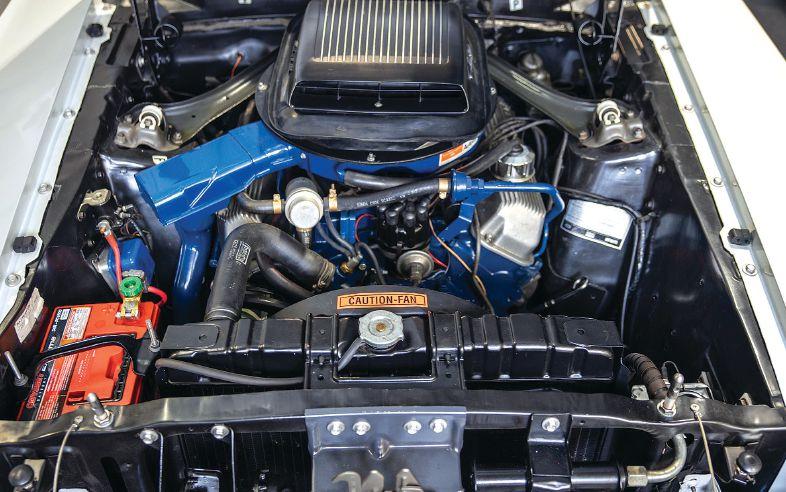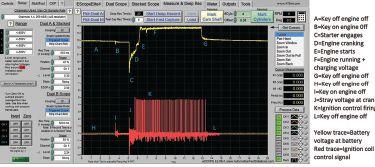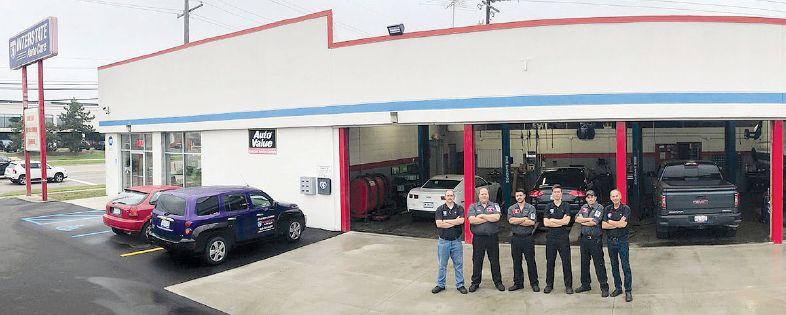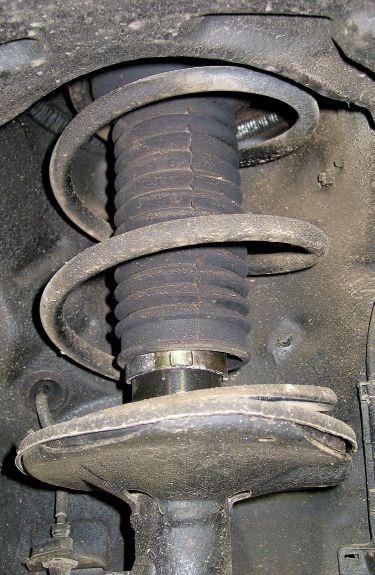Suspension
RIDE CONTROL COMPLAINTS
R
We examine 6 common customer issues by Mike Mavrigian
Ride control complaints are one of the most common types of concerns expressed by customers. Quite often, the customer’s description is vague or misleading. Attempt to gather as much information from them as possible prior to performing an inspection. For example, do you only hear a “funny” noise when driving on bumpy roads or on smooth roads as well? If you suspect that the vehicle is heavily loaded with cargo at times, ask if the “wandering” they experience only occurs when heavily loaded, etc. The customer’s descriptions of an issue should be considered merely as a starting point. It’s up to you to inspect and road test to determine the actual cause of the complaint.
will perform a thorough inspection to address the specific complaint. Make it clear that once the problem has been properly diagnosed, the customer will be informed regarding the cause of the problem and the parts and labor that will be required to fi x the issue. Resist the temptation of jumping to a conclusion before the vehicle can be inspected.
EXAMPLES OF COMPLAINTS
1. My car seems to pull to the left (or right) when I’m driving. 2. My car vibrates when I hit my brakes. 3. My car has an air suspension and just feels and sounds funny. 4. I hear funny noises going down the road that seem to be coming from underneath the car. 5. When I get my car to about 55 mph, my steering wheel starts to shake. Or, I feel a vibration in the seat. 6. The car is harder to keep in a straight line than it used to be.
DON’T JUMP THE GUN
Rule #1 when discussing this type of customer concern: NEVER diagnose anything at the counter. Inform the customer that your technicians
12
ASP
J une 20 20
After verifying and correcting tire inflation and tire overall diameter size, measuring ride height can lead you to fatigued or broken springs.





